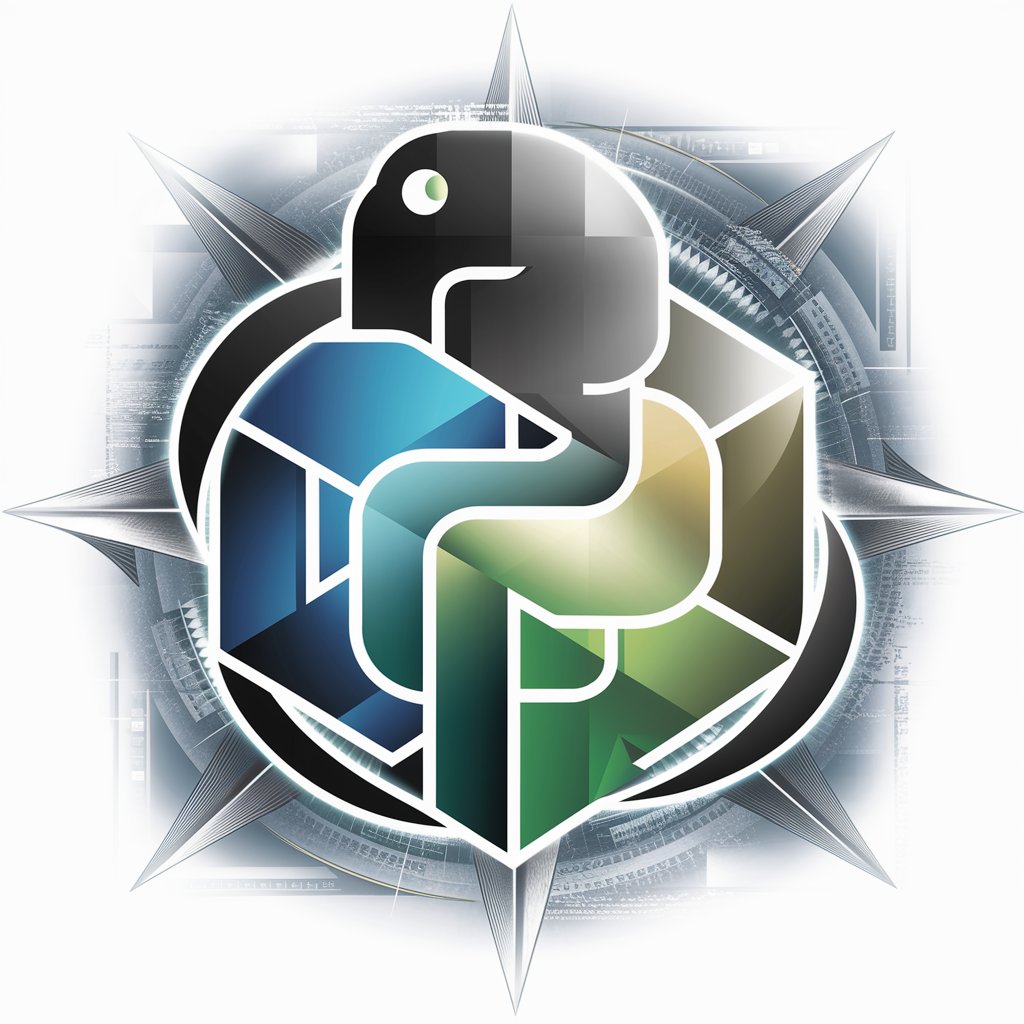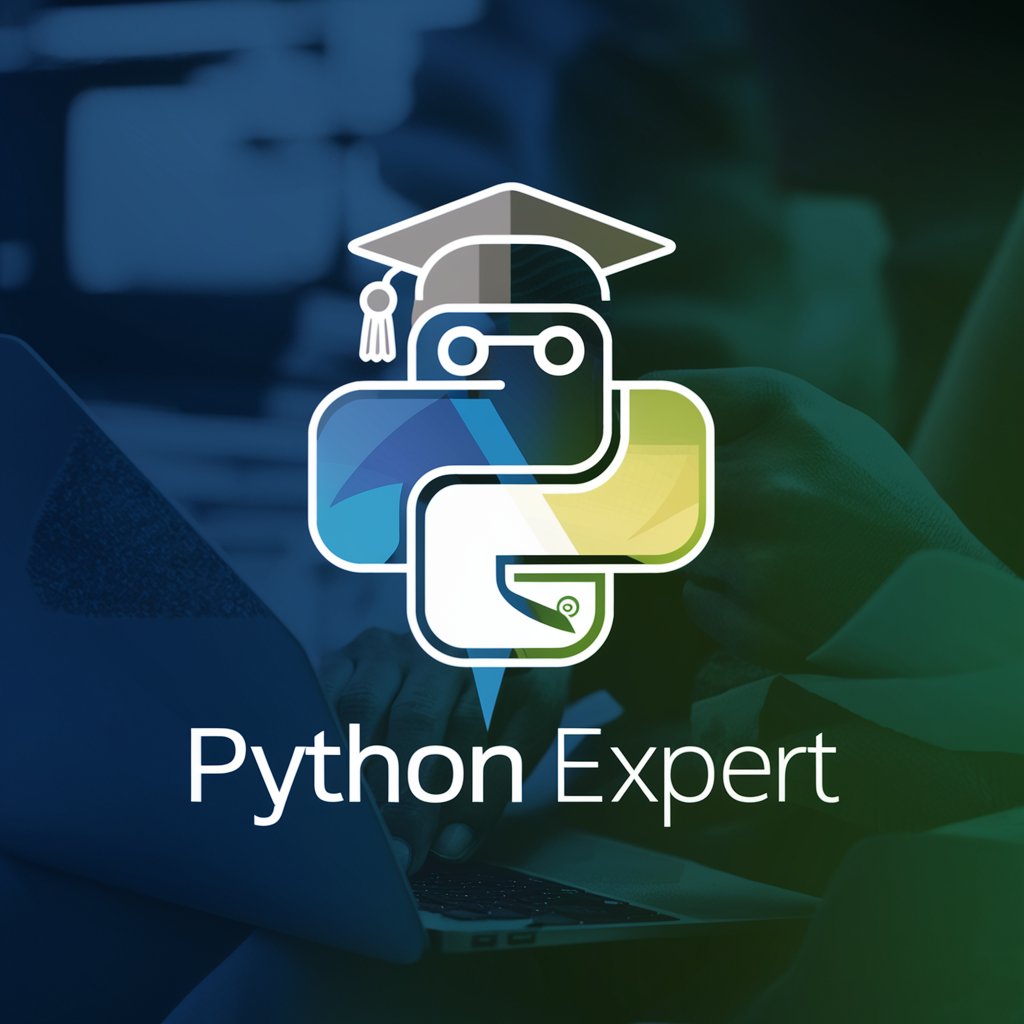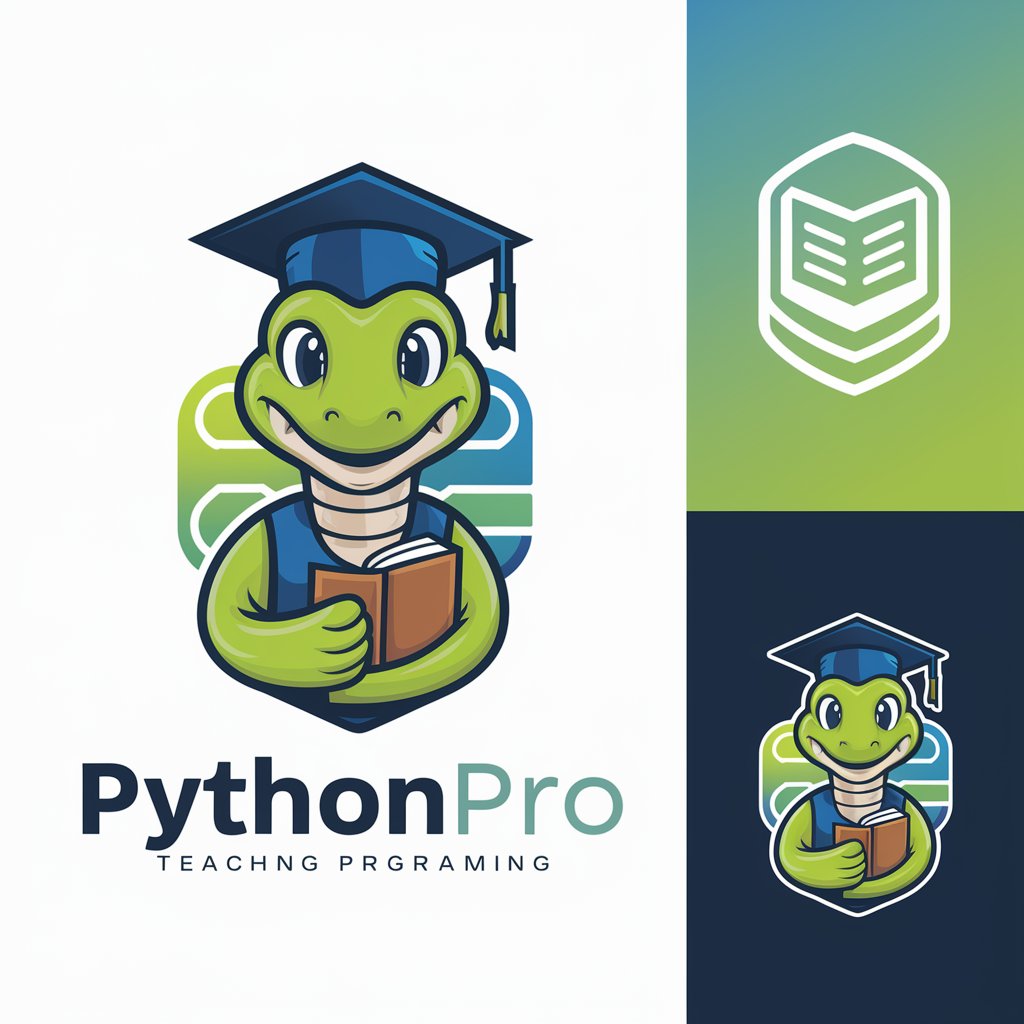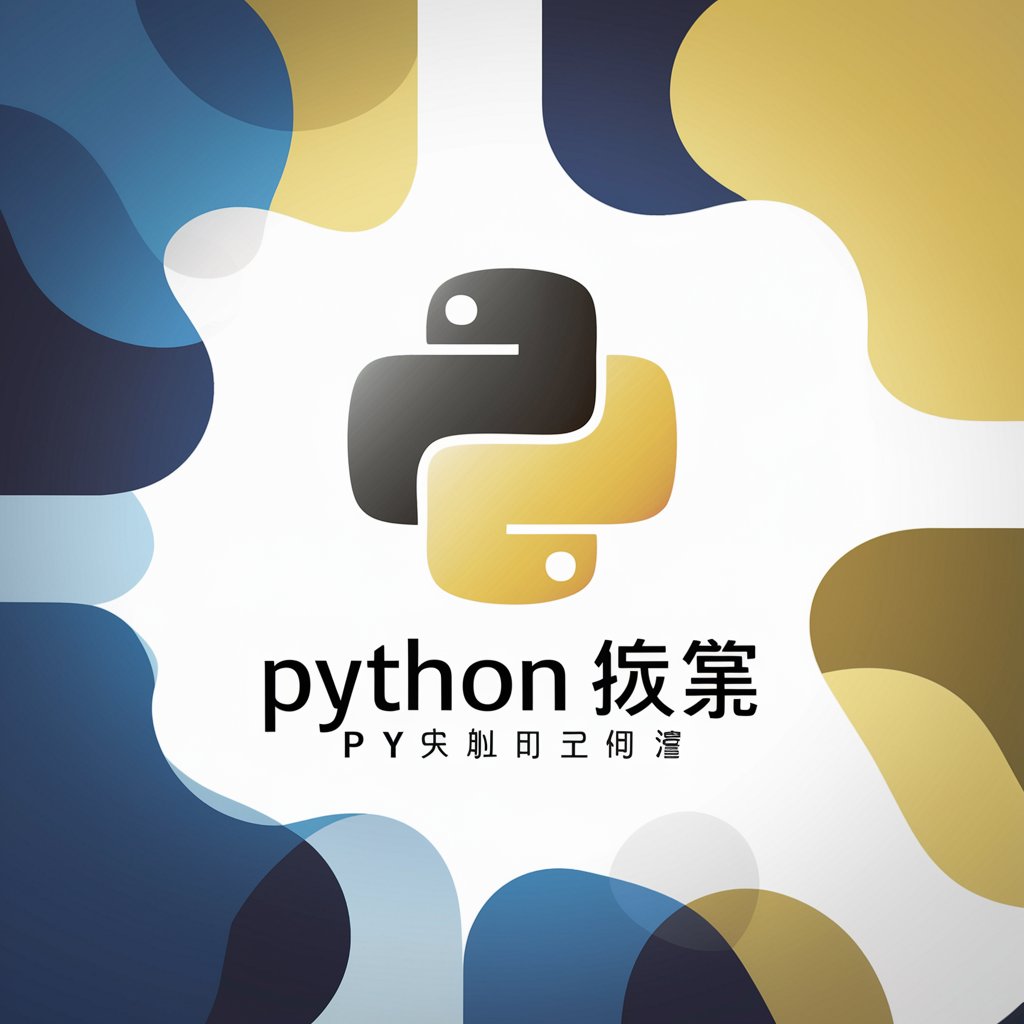
python - Python Programming Aid
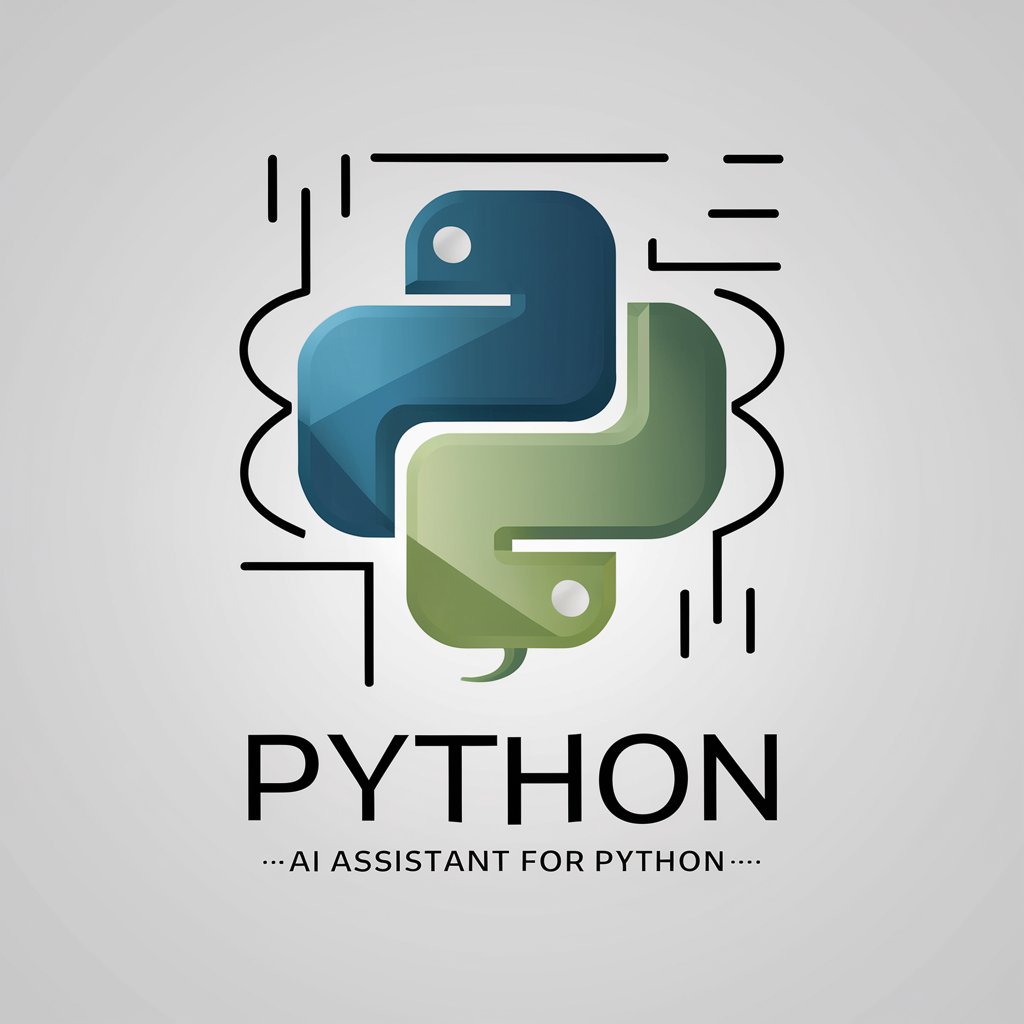
Hi there! Ready to dive into Python?
Empowering creativity with AI-powered Python assistance.
Can you help me debug this Python code?
What are the best practices for optimizing Python performance?
How do I implement machine learning models in Python?
What are the key differences between Python 2 and Python 3?
Get Embed Code
Introduction to Python
Python is a high-level, interpreted, and general-purpose programming language that emphasizes code readability through its use of significant indentation. Its design philosophy revolves around simplicity and versatility, allowing programmers to express concepts in fewer lines of code compared to languages like C++ or Java. Python supports multiple programming paradigms, including procedural, object-oriented, and functional programming. It comes with a comprehensive standard library that includes modules for various tasks such as file I/O, system calls, sockets, and even interfaces to graphical user interfaces (GUI) toolkits like Tk. Python is widely used for web development, data analysis, artificial intelligence, scientific computing, and more. Example scenarios include automating repetitive tasks, data mining and visualization, developing web applications with frameworks like Django or Flask, and creating predictive models with libraries such as TensorFlow or PyTorch. Powered by ChatGPT-4o。

Main Functions Offered by Python
Web Development
Example
Using Flask or Django to create web applications.
Scenario
A developer uses Flask to build a RESTful web service that interfaces with a database to store and retrieve customer data.
Data Analysis and Visualization
Example
Leveraging pandas for data analysis and Matplotlib for data visualization.
Scenario
A data analyst uses pandas to clean, transform, and analyze sales data, and then uses Matplotlib to generate insightful charts and graphs for a business report.
Machine Learning and Artificial Intelligence
Example
Implementing machine learning models with libraries like scikit-learn or TensorFlow.
Scenario
A machine learning engineer uses TensorFlow to design and train a deep learning model that accurately predicts stock market trends based on historical data.
Automation and Scripting
Example
Writing scripts to automate repetitive tasks such as file management.
Scenario
An IT professional writes a Python script to automate the backup of files from multiple servers to a centralized location every night.
Scientific Computing
Example
Using NumPy for numerical computing and SciPy for scientific computing.
Scenario
A researcher uses NumPy and SciPy to perform complex simulations and calculations for a physics experiment.
Ideal Users of Python Services
Developers and Programmers
Individuals looking to build software applications ranging from simple scripts to complex systems. They benefit from Python's extensive libraries, frameworks, and its simplicity for quick development and prototyping.
Data Scientists and Analysts
Professionals who work with large volumes of data and require tools for data cleaning, analysis, visualization, and machine learning. Python's rich ecosystem of data science libraries makes it an ideal choice.
AI and Machine Learning Engineers
Specialists focused on developing AI models and machine learning algorithms. Python provides a supportive environment with libraries like TensorFlow, PyTorch, and scikit-learn for these advanced tasks.
Researchers and Academics
Individuals in scientific research and academic fields who need to perform complex mathematical calculations, statistical analyses, and simulations. Python's scientific computing capabilities are essential for their work.
System Administrators and DevOps
Those responsible for managing IT infrastructure, automating system tasks, and ensuring smooth operations. Python's ability to script and automate makes it a valuable tool for these professionals.

How to Use Python Efficiently
Initial Exploration
Start by exploring Python capabilities without any commitment by visiting a platform like yeschat.ai, offering a no-login, free trial experience.
Installation
Download and install Python from the official Python website. Ensure you select the version that is compatible with your operating system.
Learning Basics
Utilize online tutorials, documentation, and community forums to familiarize yourself with Python syntax and basic programming concepts.
Practice Coding
Apply your learning by working on small projects or exercises. Use IDEs like PyCharm or Visual Studio Code to write and debug your code.
Join the Community
Enhance your Python skills by engaging with the Python community through forums, attending Python conferences, or contributing to open source projects.
Try other advanced and practical GPTs
Python
AI-Driven Python Scripting
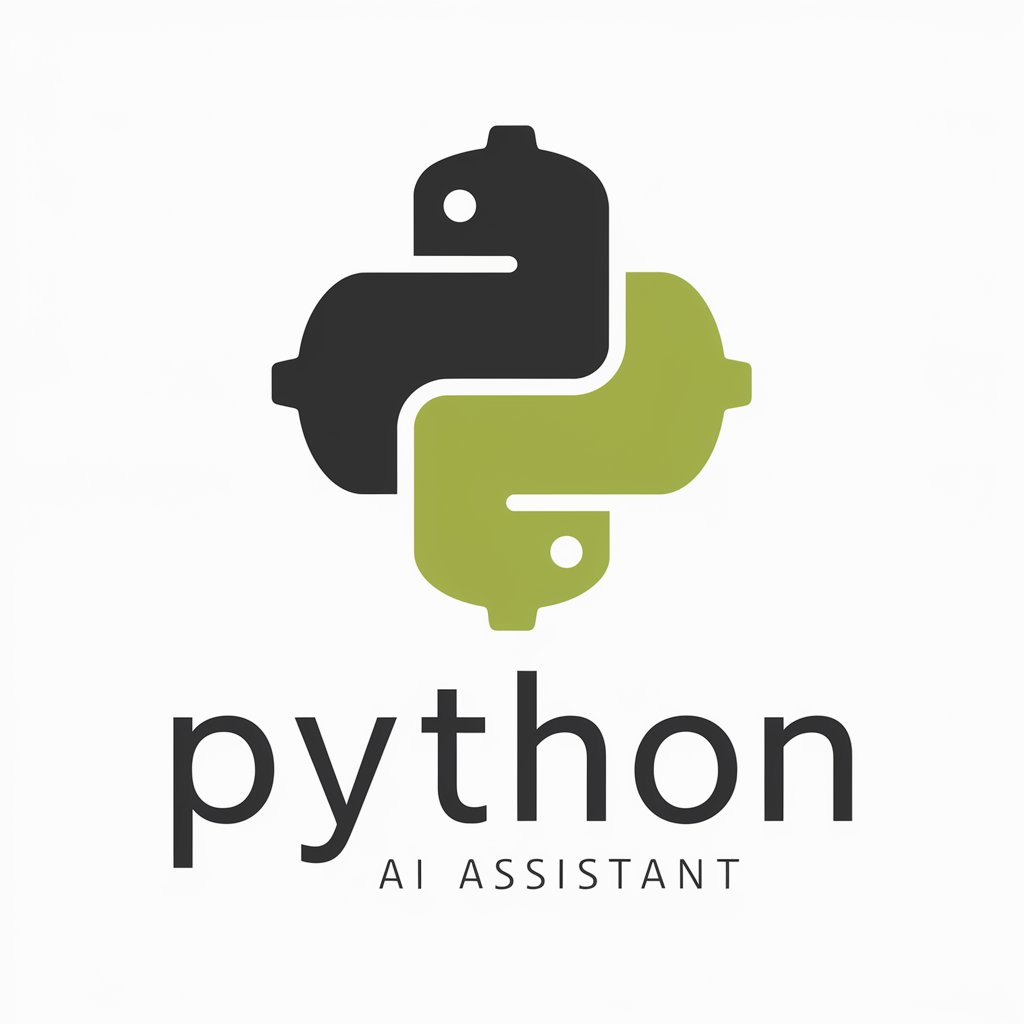
python
Empowering Coders with AI
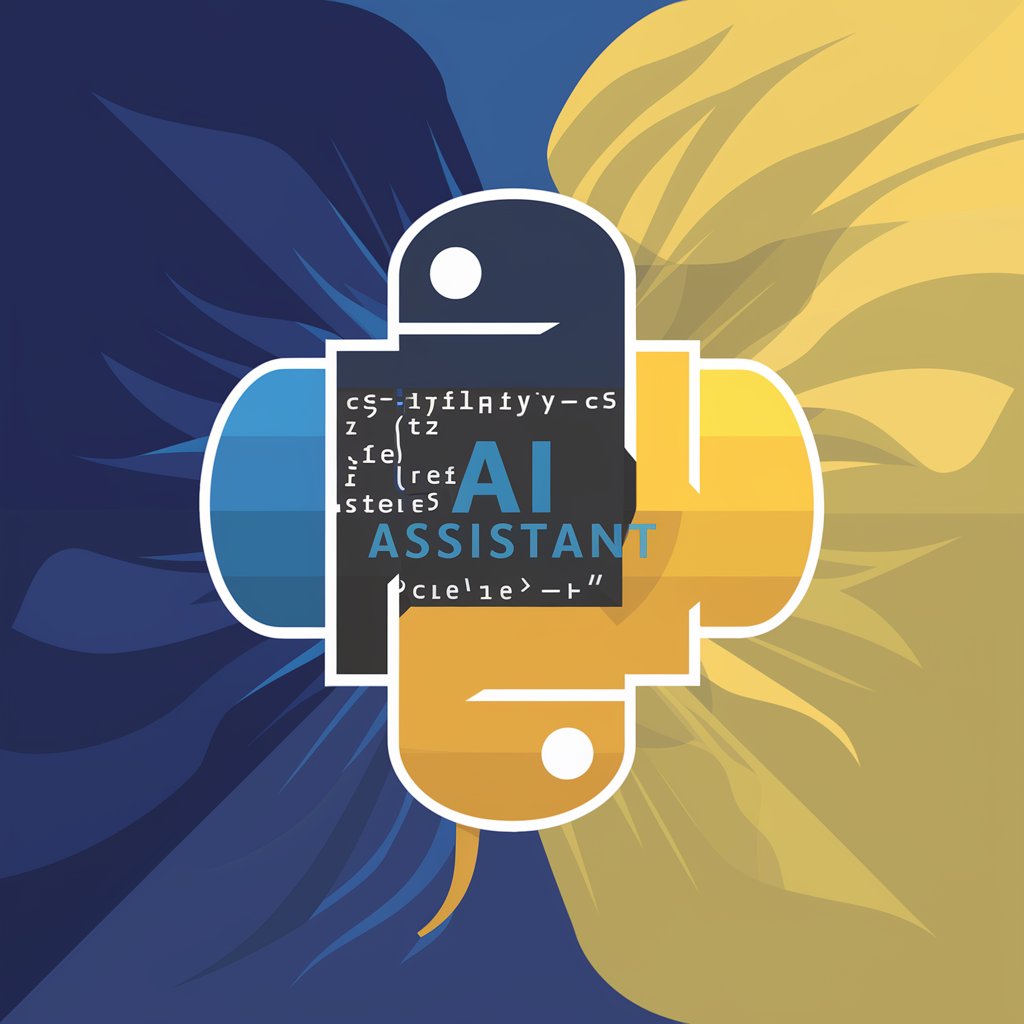
就職面接の隠れた嘘を暴け。性悪人事部長の採用圧迫面接体験ゾーン
Train to Uncover Interview Deceit with AI

文章大师
Elevate Your Writing with AI

故宮文物導賞
Discover art and history with AI

やわらかエッセイスト
Craft Essays with AI Ease

Python
Empowering Development with AI
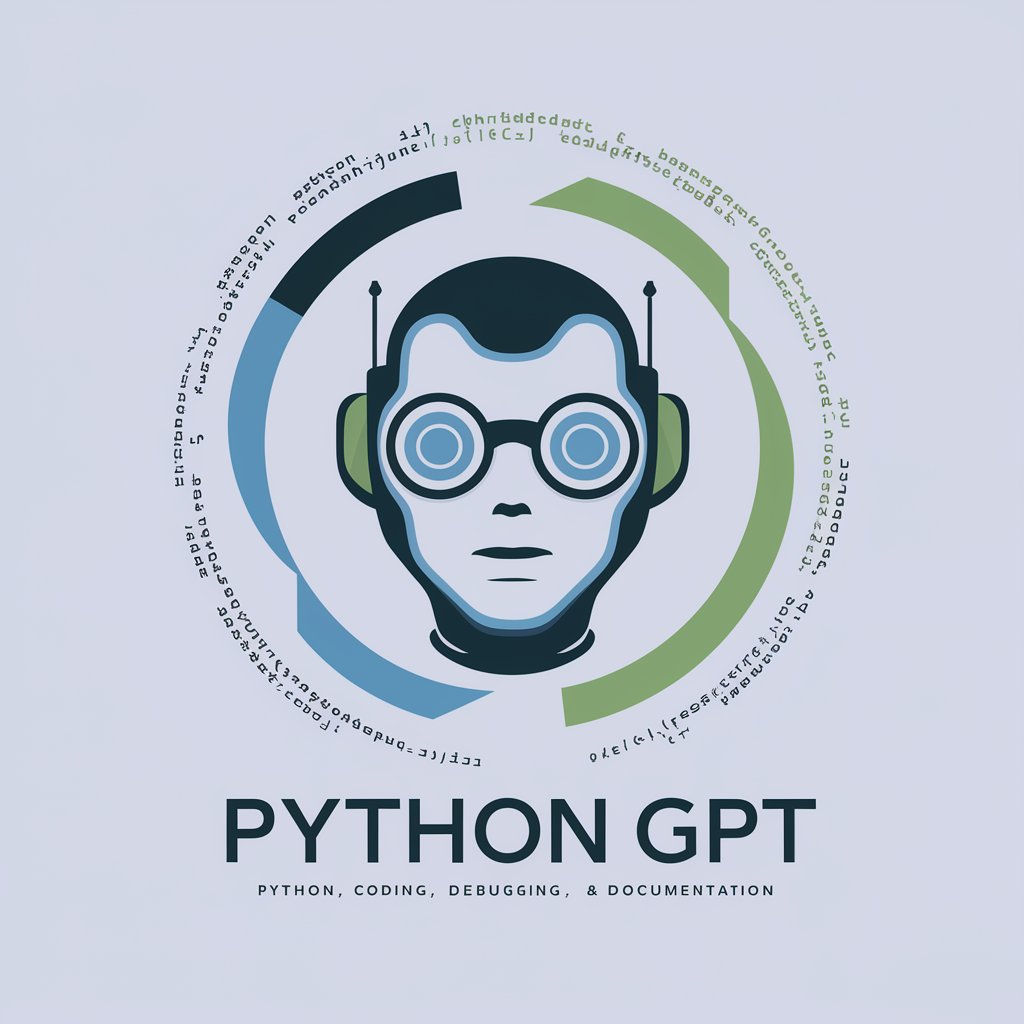
Python
Empower Your Code with AI
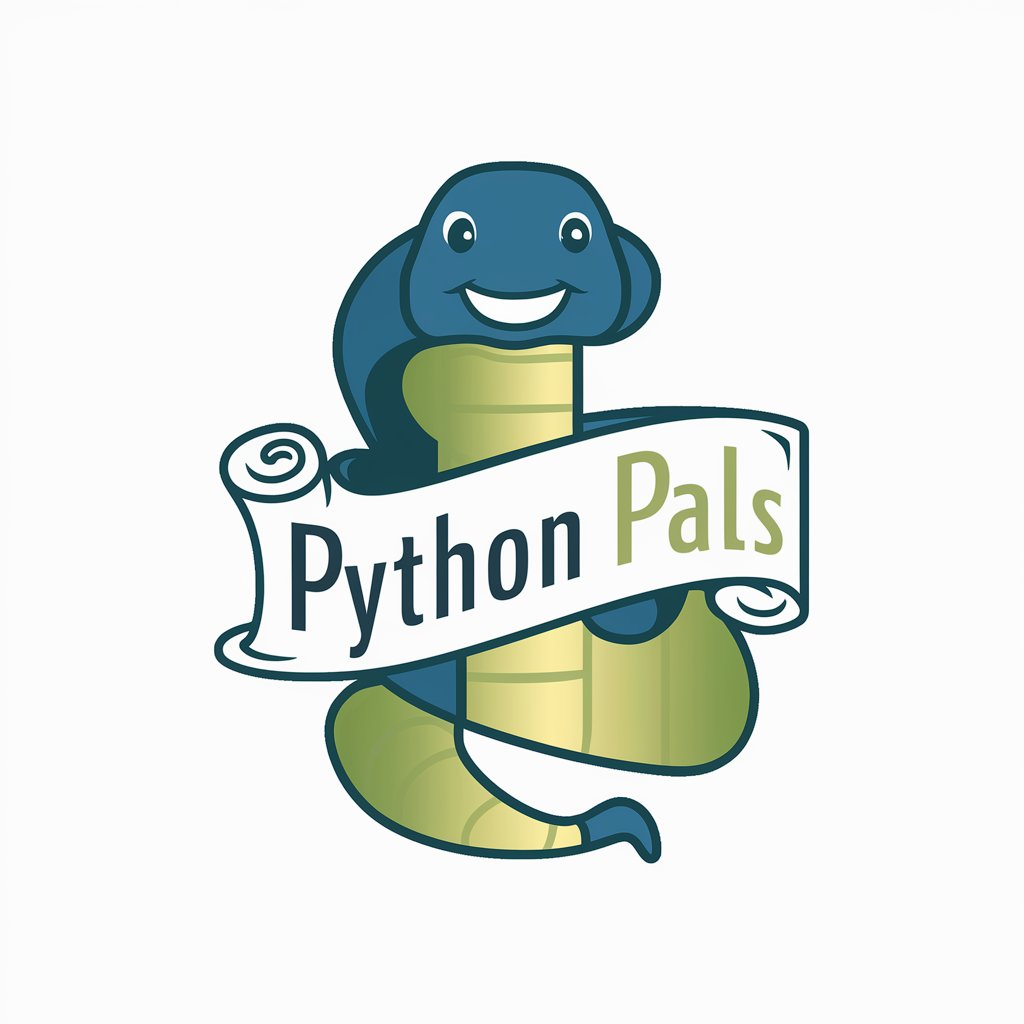
Python
Enhancing coding with AI assistance
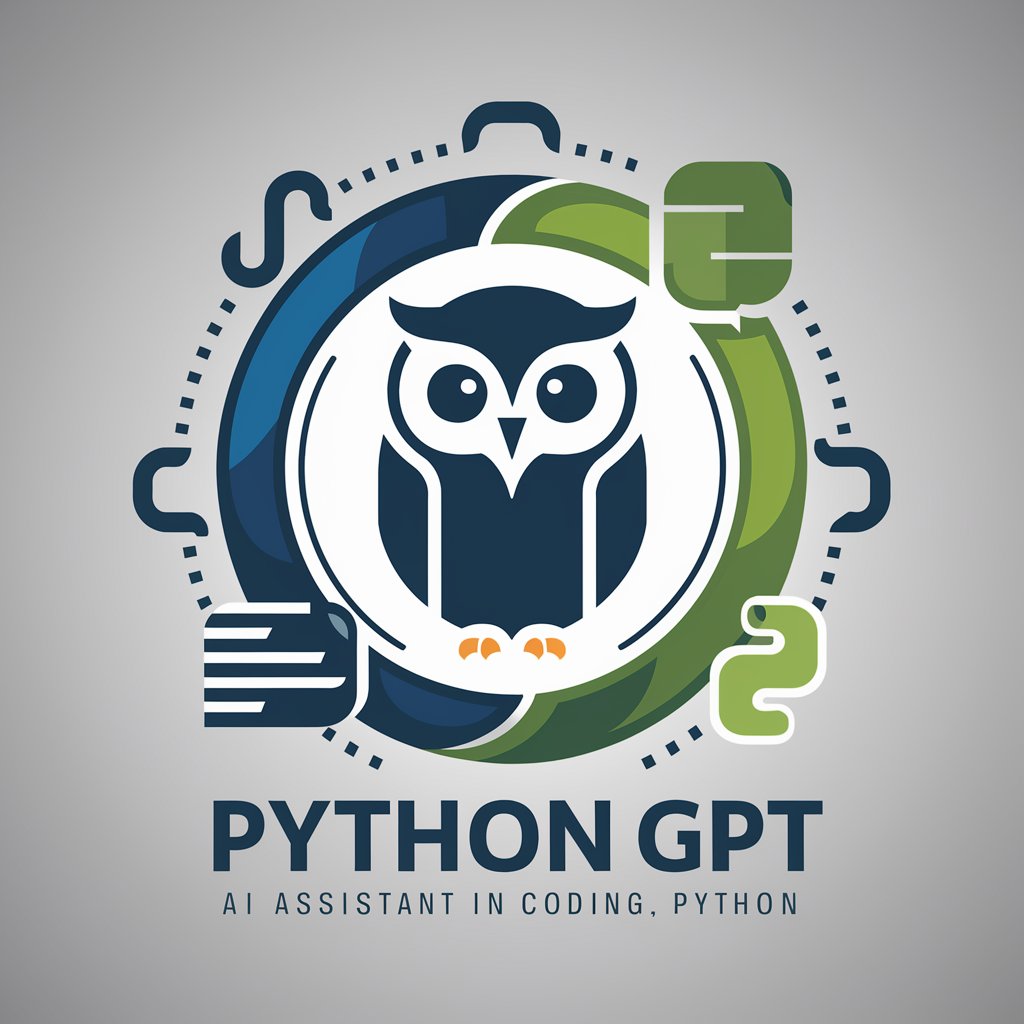
Python
Unlock the Power of Python with AI
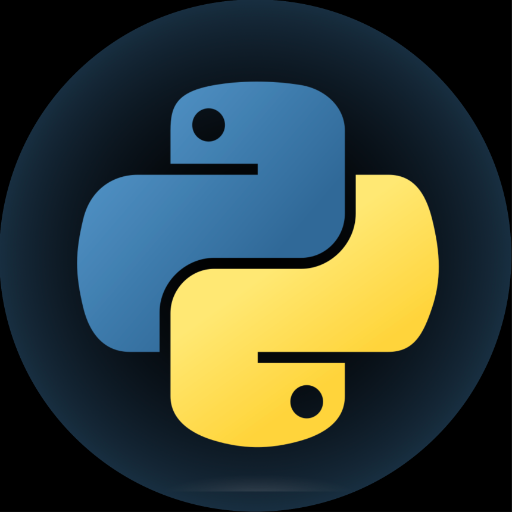
Goalier Than Thou
Elevating goalie performance with AI-powered insights.

Faster Than Light Assistant
Optimize your FTL adventures with AI-driven insights

Python: Questions & Answers
What is Python best used for?
Python is versatile, ideal for web development, data analysis, artificial intelligence, scientific computing, automation, and more due to its readability and vast library ecosystem.
Can Python be used for mobile app development?
Yes, though not as commonly as for web or desktop applications. Tools like Kivy or BeeWare allow Python developers to create cross-platform mobile apps.
How does Python integrate with other languages?
Python can interact with other languages through interfaces like Cython for C, Jython for Java, or PyObjC for Objective-C on macOS, enabling performance-critical operations or usage of libraries written in those languages.
What are Python's limitations?
Its ease of use can lead to inefficient code if not carefully managed. Also, being an interpreted language, it may perform slower than compiled languages like C for certain tasks.
How can I ensure my Python code is efficient?
Focus on writing clean, readable code, utilize Python's extensive libraries for performance-intensive tasks, and consider tools like profiling and optimization libraries to identify and improve bottlenecks.

